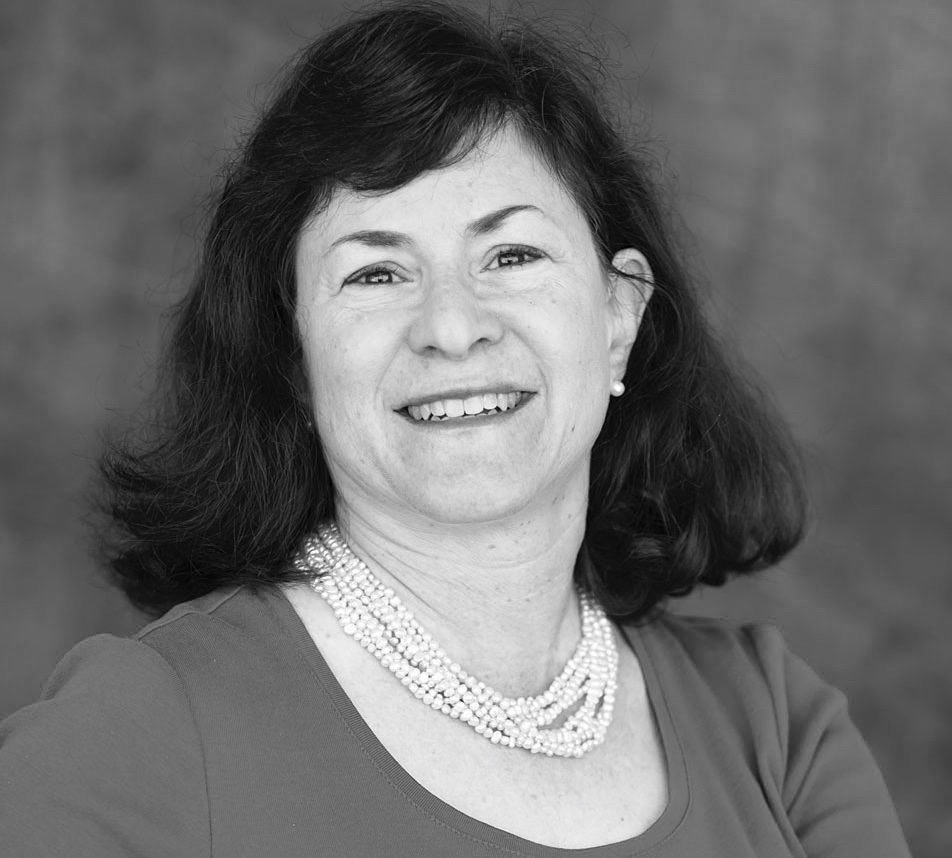When you walk past any of the numerous medical marijuana “caregiver” stores in our Pico-Robertson neighborhood, it’s hard not to think of hippies, rock concerts and Cheech and Chong, but there’s huge potential for a real medical use of marijuana, if we can get just get past all that smoke which obscures the issue.
A few years ago we asked about medical marijuana for our son because the anti-seizure medications he takes have the unpleasant side effect of suppressing his appetite, and we thought that medical marijuana could be a possible solution. Our neurologist at Children’s Hospital cautioned against it, saying there’s no way to know how much potency is in each dose in the current un-regulated market in California. Instead, she prescribed a sinus medication that has the side effect of increasing his appetite, and thus ended our brief encounter with cannabis, the scientific term for marijuana that advocates have begun to use to stress the medical nature of the substance.
But for a friend of ours who has a daughter with uncontrollable seizures, medical cannabis has been nothing short of a miracle. A new variety called “Charlotte’s Web” grown in Colorado is low in THC, the substance that gives the high, and high in CBD, which has medicinal properties for pain but no psychoactivity. Named after Charlotte Figi, who first developed seizures at 3 months old, and whose parents exhausted every other option, including seven different medications, stringent diets and high-dose supplements, the strain is now helping hundreds of children through a new non-profit, Realm of Caring.
There’s been very little research on this new variety of medical cannabis mostly because marijuana is currently classified as Schedule I, along with heroin and LSD. Advocates feel strongly that this classification stands in the way of federal funding for research into possible benefits of the drug.
Charlotte’s Web is ingested as an oil, not smoked or cooked, and has proven so beneficial to people with seizures and other chronic diseases from all across the country that over 100 families have left their jobs, homes, friends and family behind and moved to Colorado to get the medicine that is literally changing lives. And these new “refugees” can’t return home with the oil because crossing state lines with it can land them in jail for drug trafficking.
With the emergence of this alternative medical treatment, the Epilepsy Foundation last month recognized medical marijuana as a treatment for epilepsy, calling for better access to the drug and more research into its possibilities.
The most public champion of increased research into the beneficial properties of medical marijuana is probably Dr. Sanjay Gupta, Chief Medical Correspondent for CNN. He recently wrote in an editorial regarding his new documentary, “Weed 2: Cannabis Madness ” that “I am more convinced than ever that it is irresponsible to not provide the best care we can, care that often may involve marijuana.”
It’s time to leave the 1960s behind with the last season of Mad Men, and move on to a new federal policy on medical cannibis that reflects the true medical value and healing potential of this plant.






















 More news and opinions than at a Shabbat dinner, right in your inbox.
More news and opinions than at a Shabbat dinner, right in your inbox.